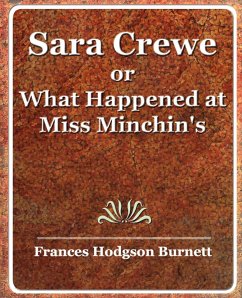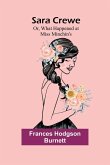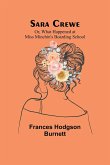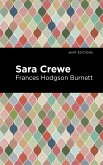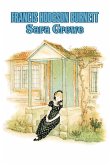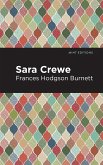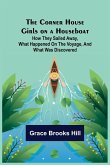In the first place, Miss Minchin lived in London. Her home was a large, dull, tall one, in a large, dull square, where all the houses were alike, and all the sparrows were alike, and where all the door-knockers made the same heavy sound, and on still days and nearly all the days were still seemed to resound through the entire row in which the knock was knocked. On Miss Minchin's door there was a brass plate. On the brass plate there was inscribed in black letters...
Hinweis: Dieser Artikel kann nur an eine deutsche Lieferadresse ausgeliefert werden.
Hinweis: Dieser Artikel kann nur an eine deutsche Lieferadresse ausgeliefert werden.

